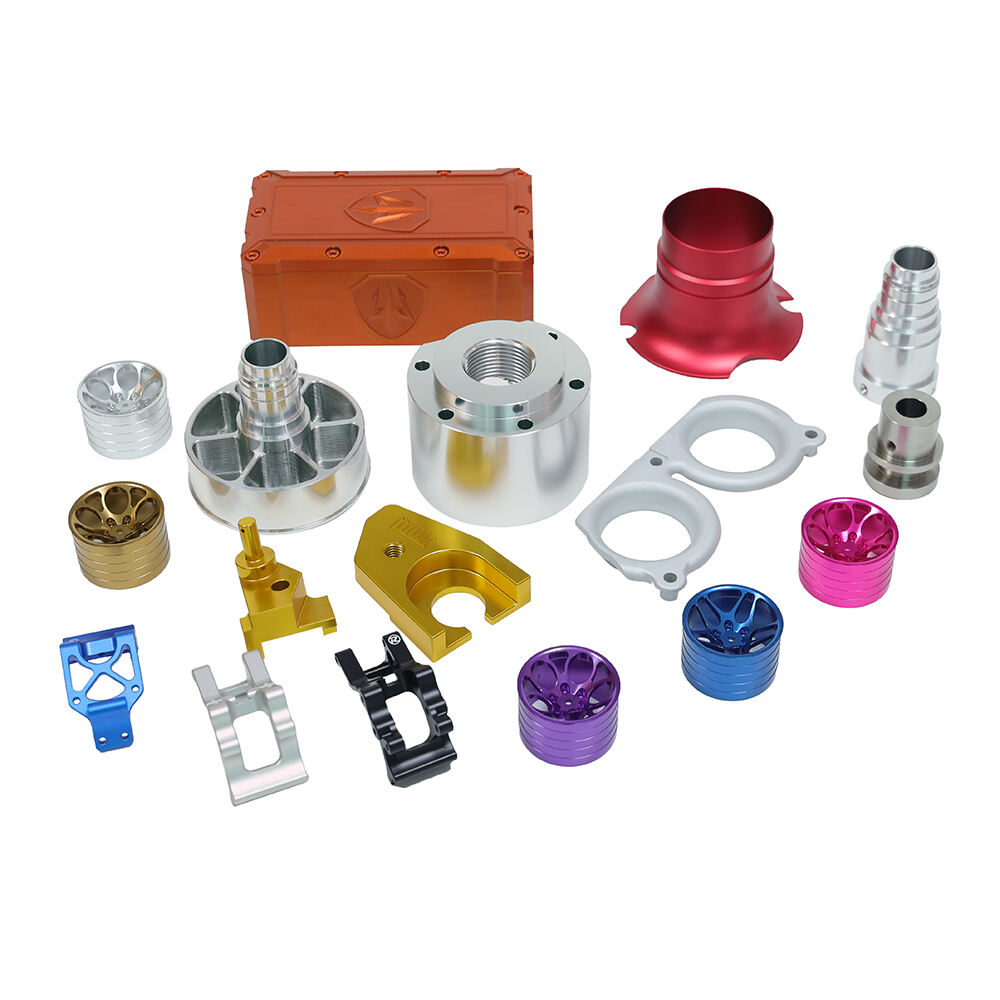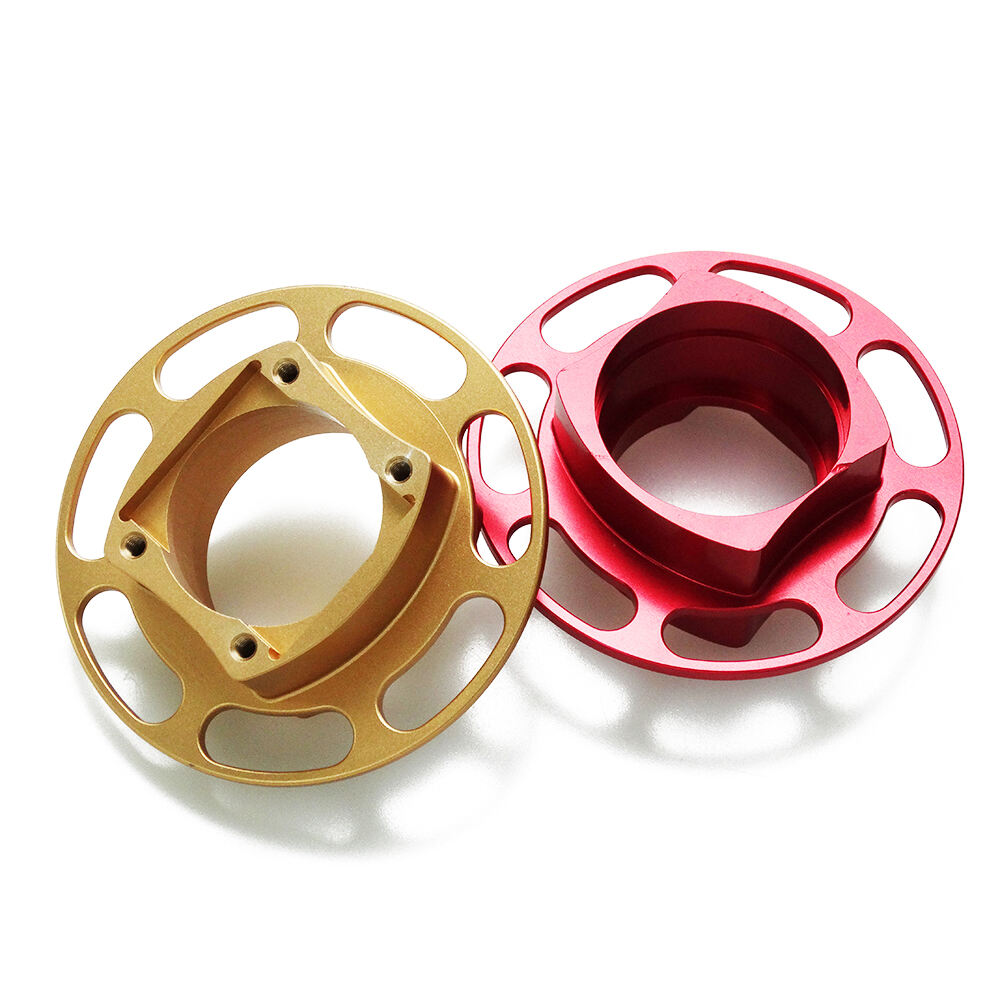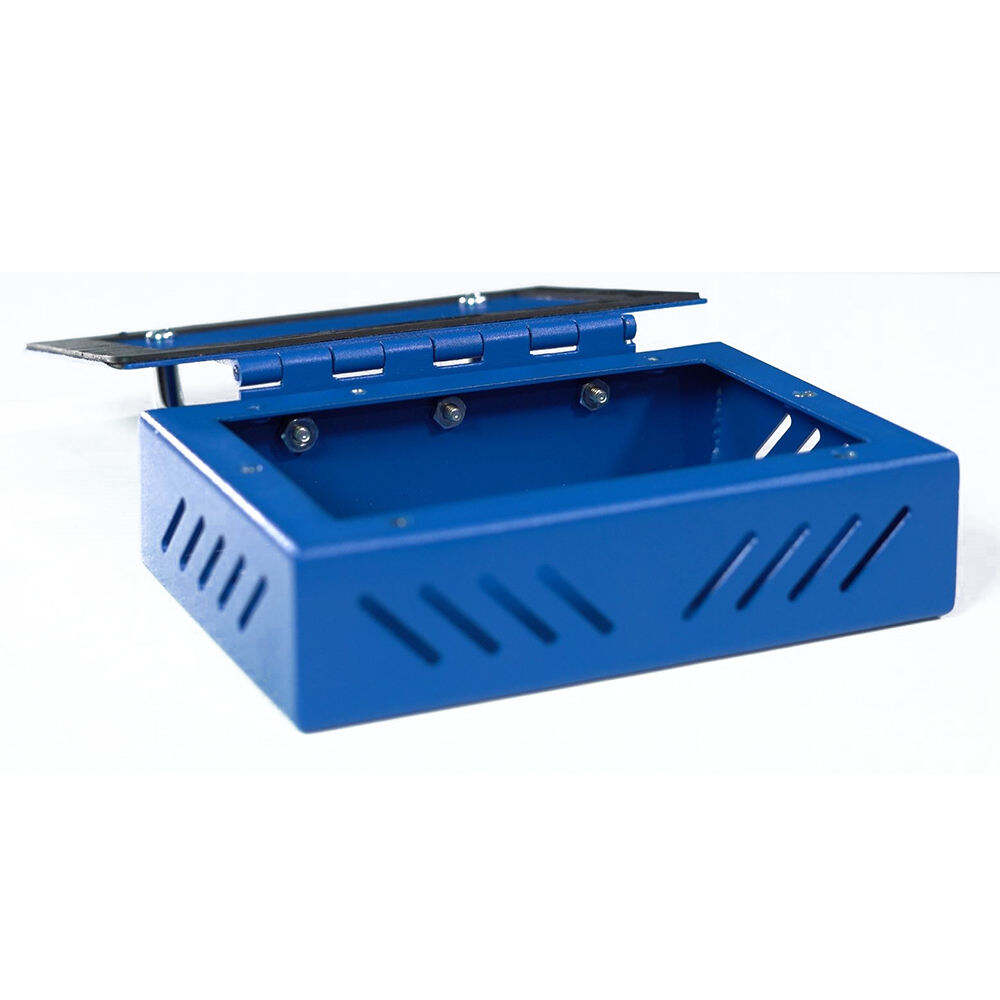Jan 20,2025
CNC machining is a computer-controlled process allowing high precision in cutting, shaping, and finishing materials. This method leverages specialized software to control complex machinery, like lathes and routers, which systematically remove material from a workpiece, achieving intricate and accurate designs. The automation not only enhances precision but also ensures repeatability, making CNC machining an indispensable part of modern manufacturing.
In the aerospace sector, CNC machining is crucial due to its ability to produce complex geometries necessary for aircraft and spacecraft components. The aerospace industry demands components that can withstand extreme conditions and perform reliably, which CNC machining delivers by enabling the creation of precise and intricate parts essential for flight efficiency and safety. Its capability to handle metals like titanium and aluminum, commonly used in aerospace, further underscores its importance in producing parts that meet stringent regulatory standards.
In the aerospace industry, CNC milling plays an essential role in manufacturing components with high precision and complex geometries. This technique uses rotary cutters to remove material along multiple axes, enabling the creation of both flat and contoured surfaces. Whether it's producing intricate parts of an aircraft fuselage or detailed engine components, CNC milling is crucial for achieving the level of accuracy required in aerospace manufacturing.
CNC turning is another vital technique specifically used for constructing cylindrical parts, which are critical in aerospace engines. This process involves rotating the workpiece while a cutting tool shapes it into precise dimensions. The capability to produce accurate circular edges and grooves makes CNC turning indispensable for crafting components like turbine blades and engine shafts.
CNC drilling is pivotal in aerospace because it allows for the creation of precise holes necessary for assembling aircraft structures. It provides the accuracy and consistency needed to ensure that holes are exact in size and position, which is crucial for the safe and robust assembly of various aerospace components.
Lastly, Electrical Discharge Machining (EDM) offers aerospace manufacturers the ability to work with hard materials to produce intricate and delicate features. This technique is particularly useful in mould-making applications due to its precision. EDM is capable of creating complex shapes and detailed finishes that are not feasible with traditional machining methods, enhancing the ability to produce components that meet the high standards required in aerospace engineering.
Selecting appropriate materials is crucial for aerospace parts due to the demanding environment they must endure. Commonly used materials include aluminum alloys, titanium, and composites. Aluminum alloys offer exceptional strength-to-weight ratios, making them ideal for aerospace applications where minimizing weight is vital. However, their susceptibility to corrosion can be a limitation. Titanium, renowned for its high strength, lightweight nature, and resistance to corrosion, is often used for critical structural components. Yet, its cost and difficulty to machine can pose challenges. Composites, offering high strength and lightweight properties with excellent fatigue and corrosion resistance, are widely used in making airframes and interiors. However, their high production costs can be a barrier.
Aerospace CNC machining demands tighter tolerances and precision, aligned with industry standards such as AS9100. These standards ensure that all aerospace components meet stringent quality and safety requirements. Therefore, obtaining certifications is mandatory for CNC machining processes in the aerospace sector. Enhanced precision is vital for ensuring the reliability of aerospace parts that operate in critical environments, making certifications an essential quality measure.
CNC machining plays a pivotal role in the production of various aerospace components, including structural parts, fittings, and engine parts. For instance, CNC milling and turning are extensively used to create engine components like turbine blades and casings. CNC drilling is essential for creating precise holes required for fastening and assemblies. These examples showcase CNC machining as an integral part of manufacturing processes, ensuring the production of parts that meet the rigorous demands of the aerospace industry.
CNC machining offers unparalleled high precision and consistency, critical factors in the aerospace industry where safety and reliability are paramount. These machines can achieve tolerances as tight as +/- 0.0001 inches, facilitating the production of components that meet exacting aerospace standards. This level of accuracy ensures that parts fit seamlessly, reducing the risk of failure in high-stress environments and enhancing the safety of aerospace vehicles.
One of the standout advantages of CNC machining is its ability to reduce production and lead times significantly. Compared to traditional machining methods, CNC machines can process parts at a much faster rate due to their automated nature. Studies show that CNC machining can achieve up to 70% faster production times than conventional machining, allowing aerospace companies to meet tight deadlines and accelerate the development of new technologies.
Furthermore, CNC machining is remarkably cost-efficient, chiefly due to its automation capabilities that minimize human error and labor costs. The process inherently reduces material waste through precision cutting and optimized tool paths, contributing to lower production costs while maintaining high-quality outputs. This efficiency enables manufacturers to allocate resources more effectively, making CNC machining a strategic choice for producing complex aerospace components.
Custom CNC machined parts play a crucial role in aerospace applications, meeting the demanding needs for high tolerance and complex designs. These precision components are crafted from various metals, such as aluminum and titanium, ensuring they perform reliably in critical environments. They offer seamless integration into aerospace assemblies, enhancing the functionality and safety of aircraft systems.

For complex aerospace components that require intricate geometries, professional OEM services provide custom 5-axis CNC machined parts. These components are particularly beneficial for their precision and the ability to manufacture complex shapes that are essential in innovative aerospace designs, while maintaining durability through anodized aluminum treatments.

Additionally, custom anodized aluminum instrument cases provide essential protection for aerospace electronics. These lightweight yet durable enclosures are designed to safeguard delicate equipment, ensuring performance stability and prolonging the lifecycle of aerospace devices.

The future of CNC machining in aerospace is poised for transformation through several technological advancements. Multi-axis machines are at the forefront, enabling complex geometries to be machined with unparalleled precision and efficiency. Further advancing this realm is rapid prototyping, which allows for quicker iterations and testing phases, reducing lead times for aerospace components. Together, these innovations are setting a new standard in manufacturing capabilities, reshaping the aerospace sector with enhanced precision and efficiency.
Sustainability and eco-friendliness are becoming integral in CNC machining, particularly within the aerospace industry. Companies are striving to reduce their carbon footprints and minimize material wastage through innovative practices and technologies. By adopting sustainable approaches such as recycling materials and using energy-efficient machinery, the aerospace sector is aligning with global environmental goals. This shift is essential, as it not only helps in preserving natural resources but also meets the growing consumer demand for environmentally responsible manufacturing practices.
Another significant trend is the integration of Industry 4.0 technologies, which is revolutionizing CNC machining in aerospace. The advent of IoT (Internet of Things) and automation in manufacturing processes has enhanced operational efficiencies and data integration. By allowing machines to communicate, share data, and self-optimize, aerospace companies can achieve higher productivity and precision in their operations. These advancements enable manufacturers to foresee disruptions, manage resources more efficiently, and improve the overall quality and reliability of aerospace components, marking a new era in manufacturing.
CNC machining has proven to be indispensable in advancing aerospace technology by providing precision, efficiency, and the capability to produce complex components. Throughout the article, we've highlighted key benefits such as improved accuracy and reduced production time, showcasing the pivotal role of CNC machining. As we look to the future, CNC machining will likely continue evolving to support aerospace innovations, driving advancements with increased automation and integration of cutting-edge technologies. These developments promise to enhance the sector's capabilities even further.